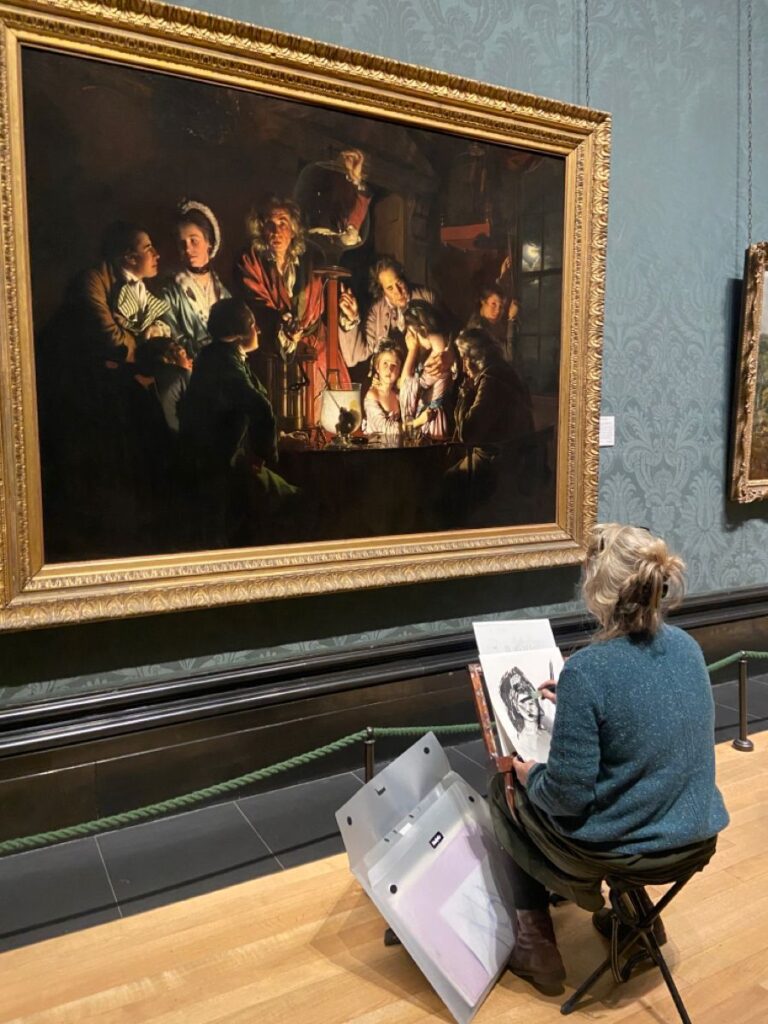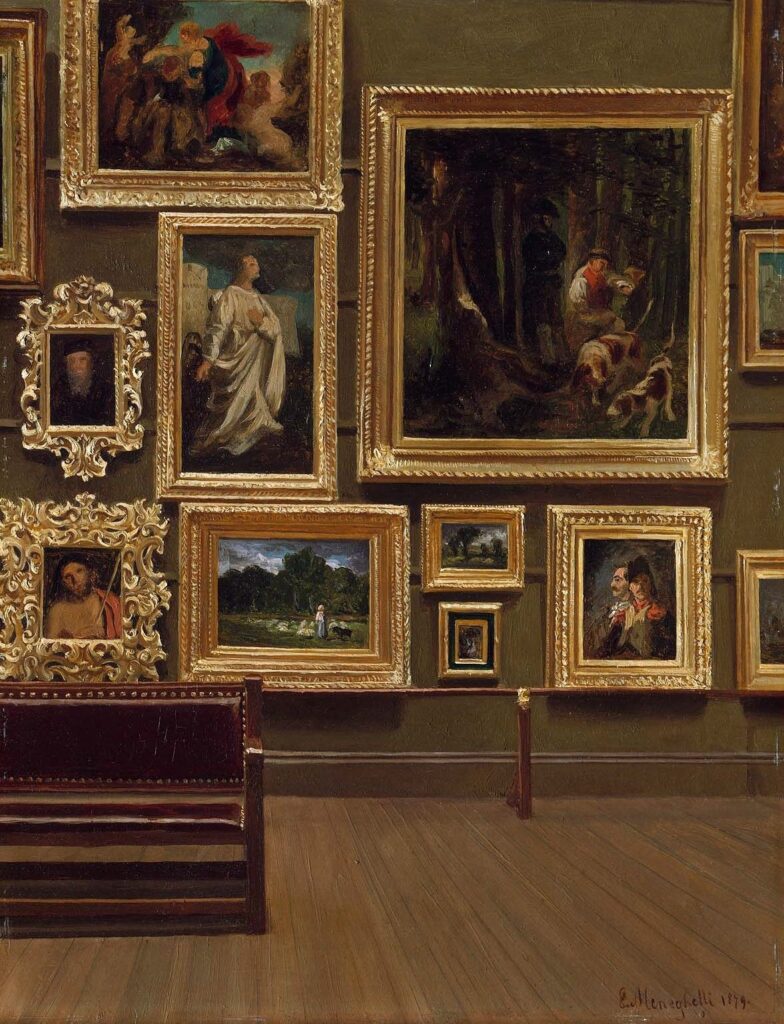Imagine your work displayed in a museum! That could be described as the ultimate validation of your work, talent, creativity, technique, or whatever you wanna call it. But is your art, museum-worthy? And how is the art displayed in museums chosen in the first place?

I am a huge fan of museums. I love seeing paintings and reading the stories of how and why they were made. My favorite memories include the energy of art around and within me! Yet, I have never imagined my art displayed in a museum, because part of the irony of the artistic lifestyle is to go unrecognized and unvalued during your active years of work and only have your art displayed in a museum after you die. But is it possible to change this narrative? And be able to submit your work to your local museum or bigger international museums while alive and progressing?
The deal with art in museums and why do we only come to appreciate artists after they die…
I may be wrong, but I assume that as long as an artist is alive, they keep growing, progressing, and making their best art. So for the art scene, being alive means you are yet to create your greatest artwork. Thus, the moment an artist is dead, we come to pay attention to what they have created! Now that these pieces will no longer be created by the same artist following the same creative process, we are scared that mastery will go to waste. So we use museums and galleries, which are institutions responsible for the protection and valuation of the different cultural elements of human history, to keep these paintings safe and well taken care of.
For many years, this was the approach that humans followed and which started to seem less effective, as many great paintings and sculptures were broken, damaged, or stolen before the museums came to collect and protect them.
Therefore, museums started building their collections in a way to own all art that seem valuable no matter its time frame. Cultural institutions also decided to open museums for contemporary art celebrating the artists and creators of the 21st century and further.
So, how can we tell if an art piece is valuable and belongs to the museum?
The science behind how museums work is a whole field of study. And in this article, I will try to cut things down to easily digestible chunks of knowledge for you to have an overall idea of how things work.
To get started, museums have permanent collections and temporary exhibitions. The permanent collections are paintings of big value that the museum owns and is obliged to care for and conserve and keep on display for the public to see and for educative purposes as well. The temporary exhibitions, however, are pieces of art that the museum curators choose based on an exhibition theme. The themes could be a tribute to a specific artist, an era in history, a specific subject of interest to the public of the museum, and other meanings of choice. The temporary exhibitions could also be chosen based on a connection to the permanent collection in order to fill in the gaps, for it to tell a story, or simply for aesthetic purposes.
This means that your art could be displayed in a museum if it…
Your art could be displayed in a museum if the topic discussed in your art, its mission, and its goal match the strategic plans of the museum, and is interesting to the visitors of your museum of choice. The relevance of your art to the current market demand is another important element that comes to play, and of course, the exhibit of your art should be beneficial to the museum itself, as it needs money to keep operating just like any other institution.
An illustrative example is the Bergstrom-Mahler Museum of Glass held a temporary exhibition named “Beauty Beyond Nature: The Glass Art of Paul Stankard.”
Stankard is an artist who is represented in more than 60 museums around the world. His work consists of interpreting nature in small-scale glass sculptures. The museum chose that exhibition because its primary interest is glass. On a second note, the artist’s subject matter was plants and flowers. This makes the topic relevant to the audiences of the museum, especially as society discusses climate change. Finally, the exhibition was organized by the private collector, Robert Minkoff, who loves the work of the artist and wanted to share it with the public. That means, the Robert M. Minkoff Foundation partially sponsored the exhibition. Which motivates the museum to lead this exhibition project.
Conclusion
In an overview, you should know that not all art belongs to museums, but it is doable to have your art as a contemporary artist shown and displayed in museums if you check the boxes mentioned above. In my next article, I will be sharing with you how you can submit your work to a museum and the steps you need to follow. Until then, enjoy creating <3




Hello,
thank you for this web page full of great information. I love the publications.